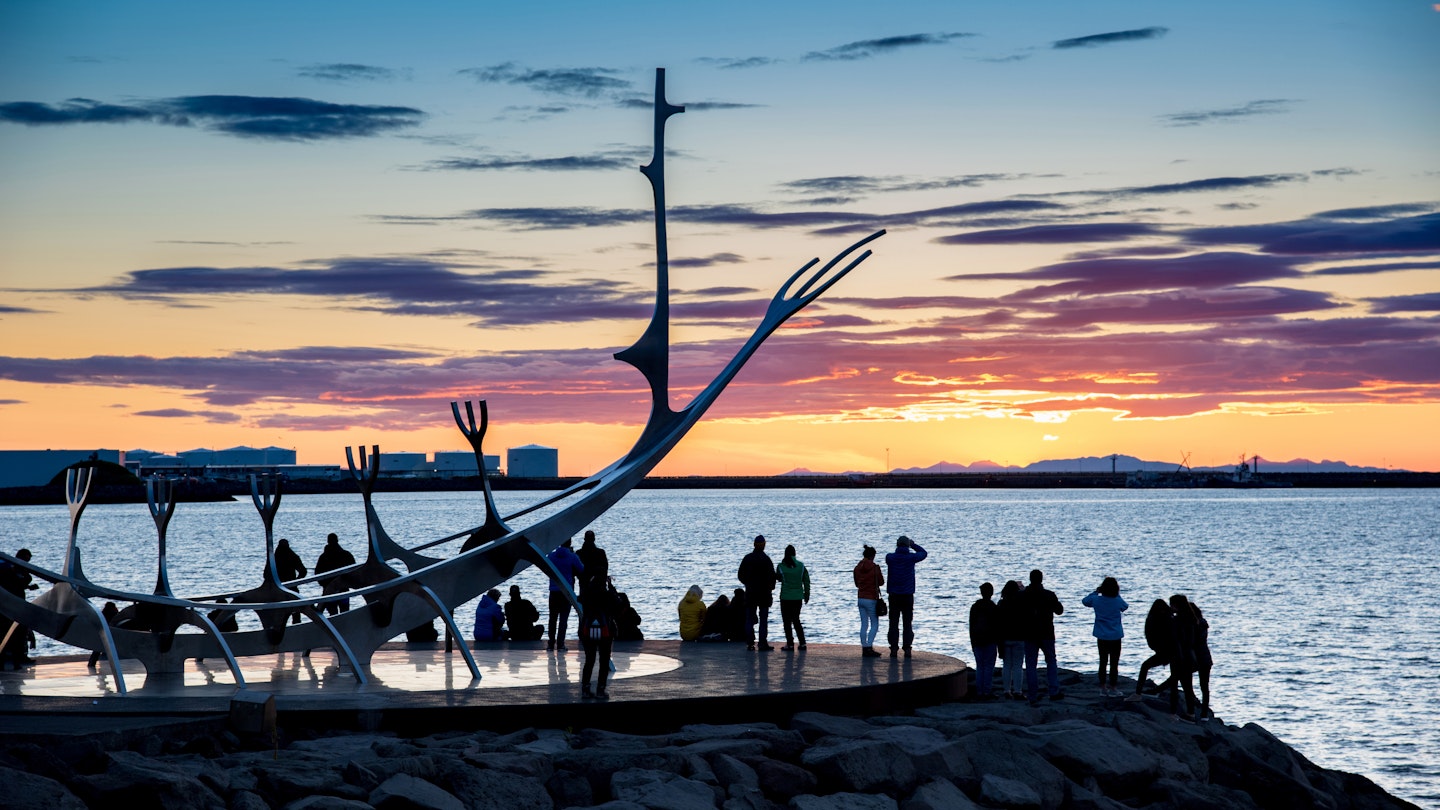How to Get Around Reykjavík: An Ultimate Guide
Reykjavík has a population of just 130,000 people, yet the Icelandic capital spans an area double the size of Paris. Locals primarily use automobiles, often getting stuck in traffic for hours. However, habits are changing. Walking, cycling, and using the bus have never been easier. Here’s a guide to the best ways to get around Reykjavík.
Getting Around the City Center on Foot
Visitors who stay solely in the city center may not notice the sprawling size of Reykjavík. The heart of the city—from the Old Harbour to the Hlemmur bus terminal—is less than three kilometers long, making it convenient to explore by walking. Buses travel up and down Hverfisgata Street, but it’s best to wander Laugavegur, the main shopping street, on foot.
Renting Electric Scooters for Fun Exploration
Electric scooters are widely available for rent in Reykjavík, with a variety of companies operating around 1000 vehicles for by-the-minute use. Expect to pay around 1000 Krona (US$7.45) for rides in the downtown area. Helmets are harder to find, consequently riders aged 16 or younger must wear one; bringing your own helmet is advisable.
Using Strætó Buses for Metropolitan Travel
Reykjavík’s public transport system features striking yellow buses on the outside and green on the inside. This delightful image highlights the city’s commitment to harnessing renewable energy. Standing outside in the elements while waiting can be frustrating, however, at peak times, buses arrive every 10-15 minutes; during off-peak times, frequencies drop to every 30 minutes. Note that buses stop around midnight and resume service around 6:30 AM on weekdays, with Sunday services being less frequent.
About 65% of Iceland’s population resides in the Capital Region, which consists of five municipalities. The 27 bus routes operated by Strætó cover the entire metropolitan area. Importantly, buses no longer accept cash or bank cards on board; riders pay using special KLAPP tickets. Most people use their smartphones as a bus pass via the KLAPP app, while prepaid cards are also readily available from eighteen vendors across Reykjavík. A ride costs 470 Krona (US$3.50), valid for 75 minutes, and children under twelve travel free.
Exploring with a Reykjavík City Card
For short visits, the Reykjavík City Card offers savings and convenience. Available for one, two, or three days, the card acts as an unlimited bus pass while also granting free access to twelve museums and exhibitions, as well as the city’s lively swimming pools. The 24-hour pass costs 4200 Krona (US$31.20), the equivalent of nine bus tickets.
Using Taxis as Rideshare Services are Illegal
It’s important to note that rideshare services like Uber are illegal in Iceland. The licensing system supports job security for taxi drivers. The two primary taxi providers are Hreyfill and BSR. Expect to pay approximately 17,000 Krona (US$126) for a taxi from central Reykjavík to Keflavik Airport.
Car-Sharing as a Convenient Alternative
Car-sharing services are becoming increasingly popular, offering hourly rates for vehicles. Services like Zipcar and a new service from Hopp, set to launch later in 2022, provide accessible options. While these cars are mostly aimed at locals for short trips, a traditional rental car is typically better for day trips beyond Reykjavík.
Rent a Car for Day Trips and Further Exploration
Picking up a rental car for exploring Iceland is often more convenient from Keflavík International Airport than from within Reykjavík. Travelers should avoid the morning rush from 7:30 AM to 9 AM and the afternoon rush from 4 PM to 5 PM, depending on the traffic direction.
Parking in Reykjavík
While finding street parking can be challenging, Reykjavík boasts a network of multi-level parking garages. The largest garages are located near the Harpa Concert Hall, with an estimated cost of around 200 Krona (US$1.50) per hour.
Biking Along the Coast
A series of shared-use paths connect the Capital Region’s inlets by stretching along the coastline, from the tip of the Seltjarnarnes peninsula to downtown Hafnarfjörður. Following these paths not only provides a shortcut but also offers a serene environment free of car traffic.
Two primary rental options for bikes in downtown are Reykjavík Bike Tours near the Old Harbour and Borgarhjól at Hverfisgata Street. The largest bike store in the city, Örninn, is located in southeast Reykjavík, while used bikes are frequently available via Facebook marketplaces such as Hjóladóti til sölu, boasting a membership that includes a large portion of the population.
Why Bicycles are an Excellent Travel Option
Despite being less known for its cycling infrastructure, Reykjavík has made significant advances in bike paths, following the vision of Mayor Dagur Eggertsson. Moreover, the introduction of electric bikes has transformed cycling into a manageable alternative against the unpredictable winds.
My favorite rides include the Elliáardalur, the city’s largest public park, and, for those willing to challenge themselves, the hills of Rauðhólar while looping around Lake Rauðavatn, followed by a comforting bus ride back to the city center.








